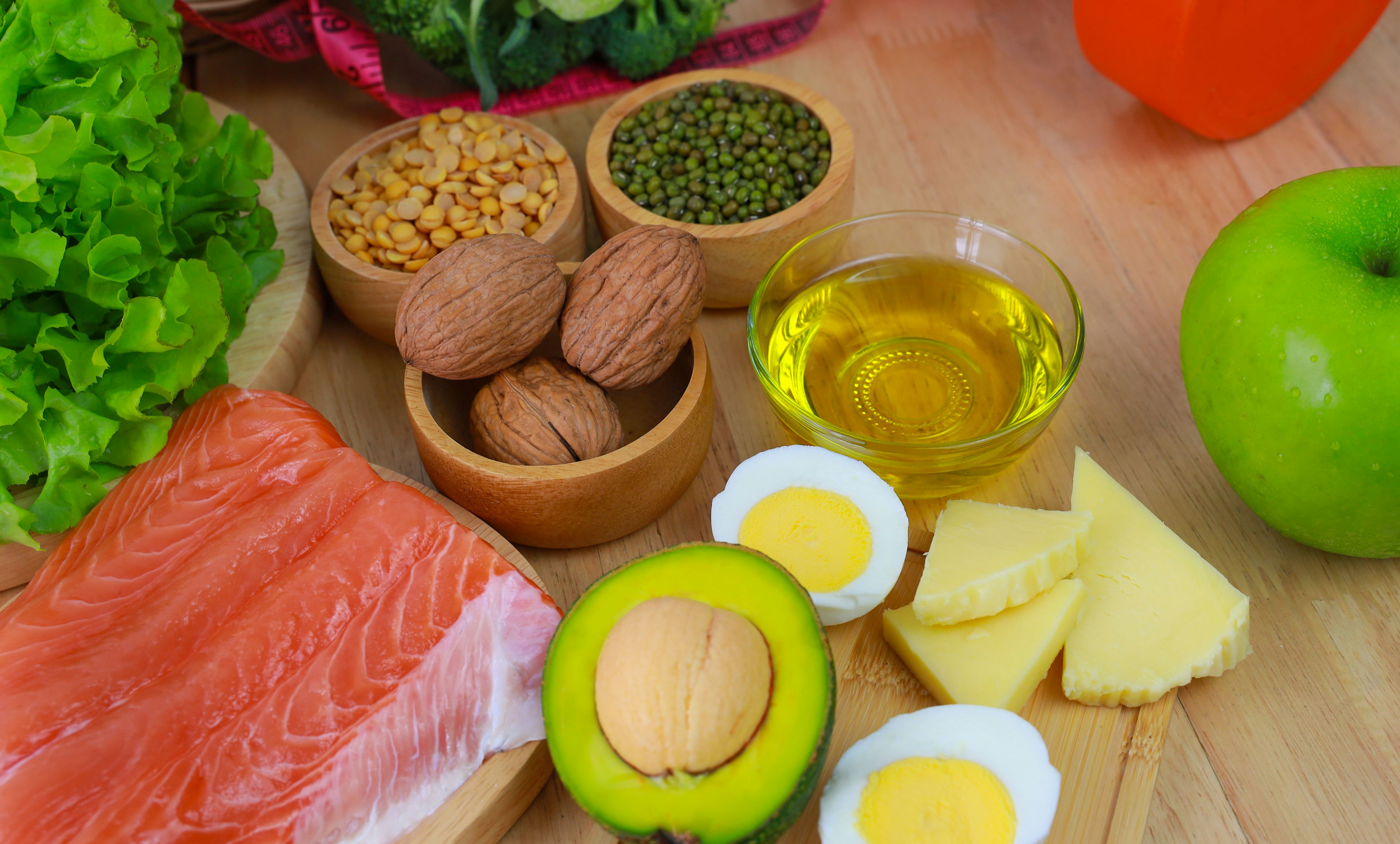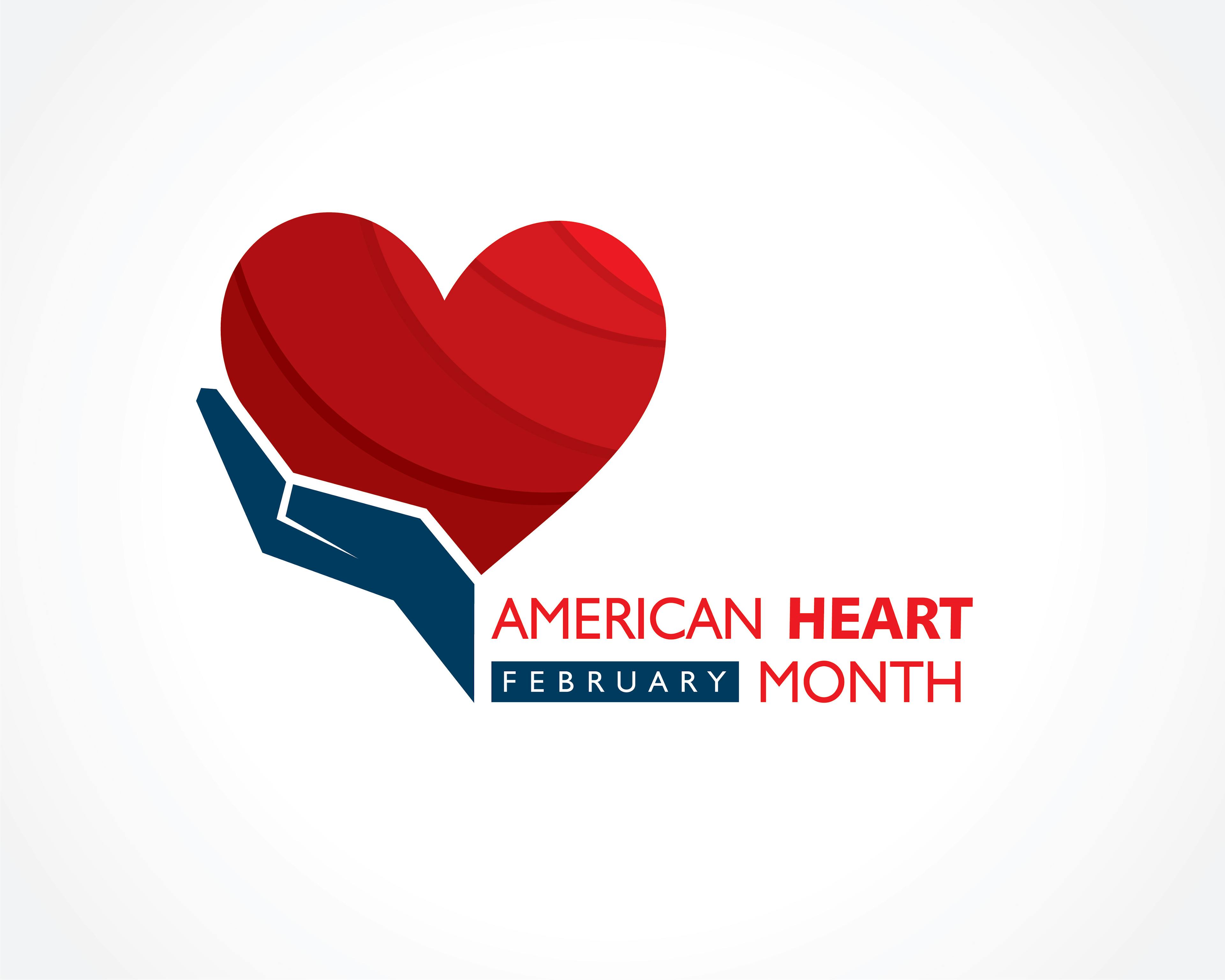Key Takeaways
A heart-healthy diet helps manage cholesterol by reducing saturated and trans fats while increasing fiber, healthy fats, and plant-based foods. Even simple swaps—like oatmeal for breakfast or olive oil instead of butter—can lower LDL cholesterol naturally.
Not all high-cholesterol foods are bad. Eggs, avocados, and nuts can support heart health by raising HDL ("good") cholesterol. Focus on the type of fat in your food, not just the cholesterol content.
Consistency and regular testing are essential for improving cholesterol. Most people see results within 4 to 12 weeks of dietary changes. Clinical tests track progress best, and professional nutrition counseling can provide personalized support.
If you’ve been diagnosed with high cholesterol—or are concerned about your heart health—understanding what goes on your plate is just as important as what shows up in your test results. From healthy fats to sneaky culprits like processed foods and sugary drinks, managing cholesterol through diet can make a significant difference.
In this guide, we’ll break down:
- Foods high in bad cholesterol (LDL)
- The best foods to lower cholesterol naturally
- Surprising truths about eggs, nuts, and oatmeal
- When and how to test your cholesterol
- And finally—how long it takes for diet changes to show results
What Foods Are High in Cholesterol?
Some foods naturally contain cholesterol, but the real concern is their saturated fat and trans-fat content, which can raise your LDL (bad cholesterol).
Foods to Avoid or Limit If You Have High Cholesterol:
- Fried foods (especially fast food)
- Processed meats (sausage, bacon, deli meats)
- Full-fat dairy (butter, whole milk, cheese)
- Baked goods made with shortening or hydrogenated oils
- Shellfish in large quantities (shrimp, lobster)
Tip: Focus on reducing saturated and trans fats—not just dietary cholesterol.
What Foods Lower Cholesterol?
A heart-healthy diet focuses on soluble fiber, plant-based fats, and antioxidants.
Best Foods to Lower Cholesterol:
- Oats & oatmeal: Rich in beta-glucan, helps reduce LDL
- Nuts (almonds, walnuts): Increase HDL and reduce inflammation
- Legumes: Beans, lentils, chickpeas
- Fatty fish (salmon, sardines): High in omega-3s
- Fruits & vegetables: Especially apples, berries, and leafy greens
What Foods Contain Good Cholesterol (HDL)?
Technically, foods don’t contain HDL directly—but some can help boost your body’s HDL levels.
Foods That Help Raise HDL:
- Olive oil (extra virgin)
- Avocados
- Fatty fish
- Nuts & seeds
- Moderate red wine (in small amounts, per your doctor’s advice)
HDL helps remove excess cholesterol from your arteries—making it your body’s natural cleanup crew.
What Cooking Oils Are Best for Cholesterol?
When you cook, the oil you use matters. Choose oils low in saturated fat and high in unsaturated fats.
Best Options:
- Olive oil (extra virgin)
- Canola oil
- Avocado oil
- Flaxseed oil (best used cold)
Avoid:
- Coconut oil
- Palm oil
- Butter, ghee, or lard
What Drinks Raise or Lower Cholesterol?
What you drink can have just as much impact on your cholesterol as what you eat. While some beverages contribute to higher LDL levels and inflammation, others are packed with heart-healthy compounds that may help reduce cholesterol naturally.
Drinks That Can Raise Cholesterol:
- Sugary sodas and sweetened drinks
- Heavy alcohol consumption
- Cream-based coffee drinks
Best Drinks to Lower Cholesterol:
- Green tea
- Pomegranate juice
- Soy milk
- Oat milk
- Water with lemon
How to Test Your Cholesterol
You have two main options for cholesterol screening: at-home tests and in-clinic appointments.
In-Clinic Testing:
- Provides accurate, full lipid panel
- Includes HDL, LDL, total cholesterol, triglycerides
- Ideal if you're making dietary changes or on medication
At-Home Test Kits:
- Available at most pharmacies
- Some offer finger-prick blood samples
- Results vary in accuracy—best used for monitoring, not diagnosis
How Long Does It Take to Lower Cholesterol with a Diet?
Most people can see improvements in 4–12 weeks, depending on how significant the changes are.
- Oatmeal, fiber, and nuts can yield results in a few weeks
- Full lifestyle changes (including exercise) may take 3–6 months to see optimal changes
Don’t guess—test! Cholesterol levels are influenced by genetics, age, and overall health. Regular testing ensures you’re on the right track.
Ready to Manage Your Cholesterol? Schedule An Appointment Today
Making diet changes is a powerful first step—but knowing your current cholesterol levels is essential. Get a clear picture of your heart health and work with a board-certified cardiologist to build a plan that fits your life, tastes, and goals. Schedule a consultation to take the next step toward a healthier heart.
Book with Dr. Shabaneh

Cardiology, Interventional Cardiology
Frequently Asked Questions
Yes, you can eat eggs—but in moderation.
Eggs are high in dietary cholesterol (around 200 mg per egg), but recent research shows that for most people, eggs don't significantly raise blood cholesterol.
- Stick to 1 egg per day
- Consider using egg whites for recipes
- Focus more on total saturated fat intake
Fun Fact: The biggest cholesterol contributors in most diets aren’t eggs—but bacon, pastries, and fried foods.
Absolutely. Oatmeal is one of the top-recommended foods for lowering LDL.
It contains soluble fiber (beta-glucan), which binds to cholesterol in the digestive system and helps remove it before it enters your bloodstream.
No—nuts actually help lower LDL and may slightly raise HDL.
- Eat a small handful (1 oz) daily
- Choose unsalted, raw, or dry-roasted options
- Avoid candied or heavily salted nuts
At-home test kits are available and useful for monitoring, but for accuracy, a clinical lipid panel is recommended.
Many people see results in 4–12 weeks, depending on their diet consistency, exercise habits, and genetics.





